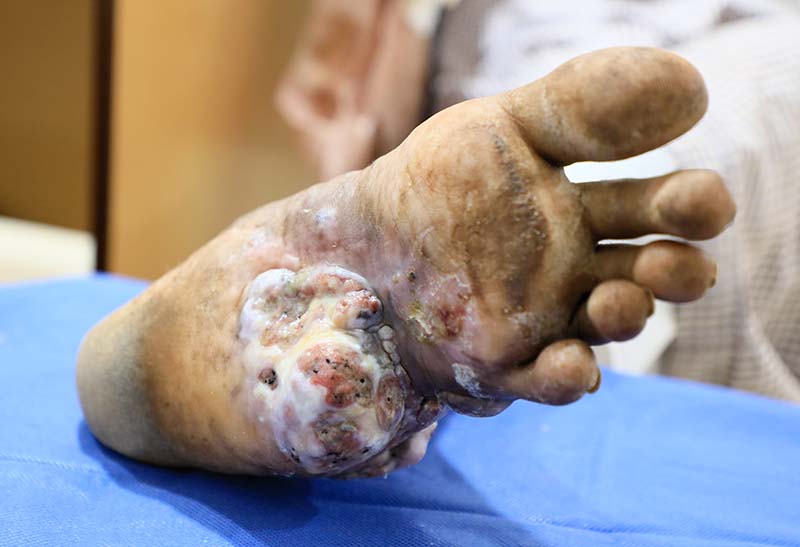Mycetoma Management Guidelines

Mycetoma Management Guidelines
Evidence-Based Guidelines for Mycetoma patients’ management
These guidelines are founded on evidence-based principles, providing a comprehensive framework for the effective management of patients afflicted by mycetoma. Grounded in the latest research findings and clinical expertise, these guidelines aim to optimise the care and treatment of individuals grappling with mycetoma. In essence, these Mycetoma Management Guidelines offer a dynamic and evidence-driven roadmap for healthcare professionals, fostering a unified and informed approach to managing mycetoma effectively and improving patient outcomes.
Key Components:
- Clinical Decision-Making: The guidelines emphasise evidence-based decision-making processes to ensure that the management approach aligns with the latest advancements in mycetoma research and treatment modalities.
- Multidisciplinary Approach: Recognising the complexity of mycetoma, the guidelines advocate for a multidisciplinary approach. This involves collaboration among clinicians, pathologists, radiologists, nurses, and other healthcare professionals to deliver comprehensive and coordinated care.
- Patient-Centered Care: The guidelines prioritise patient well-being by promoting individualised, patient-centered care. This approach considers the unique characteristics and needs of each patient to enhance the overall treatment experience.
- Incorporating New Technologies: Keeping pace with technological advancements, the guidelines recommend the integration of innovative diagnostic and therapeutic technologies to enhance the precision and efficacy of mycetoma management.
- Continuous Monitoring and Updates: As the field of mycetoma research evolves, these guidelines underscore the importance of continuous monitoring and regular updates. This ensures that healthcare professionals remain informed about the latest evidence-based practices and can adapt their management strategies accordingly.
- Education and Awareness: Beyond clinical aspects, the guidelines emphasise the significance of patient and community education. Raising awareness about mycetoma, its prevention, and early detection are integral components of the comprehensive management strategy.
- Global Relevance: Acknowledging the global impact of mycetoma, the guidelines are designed to be applicable across diverse geographical and healthcare settings. They provide a standardised yet adaptable framework to address the unique challenges posed by mycetoma in various regions.
